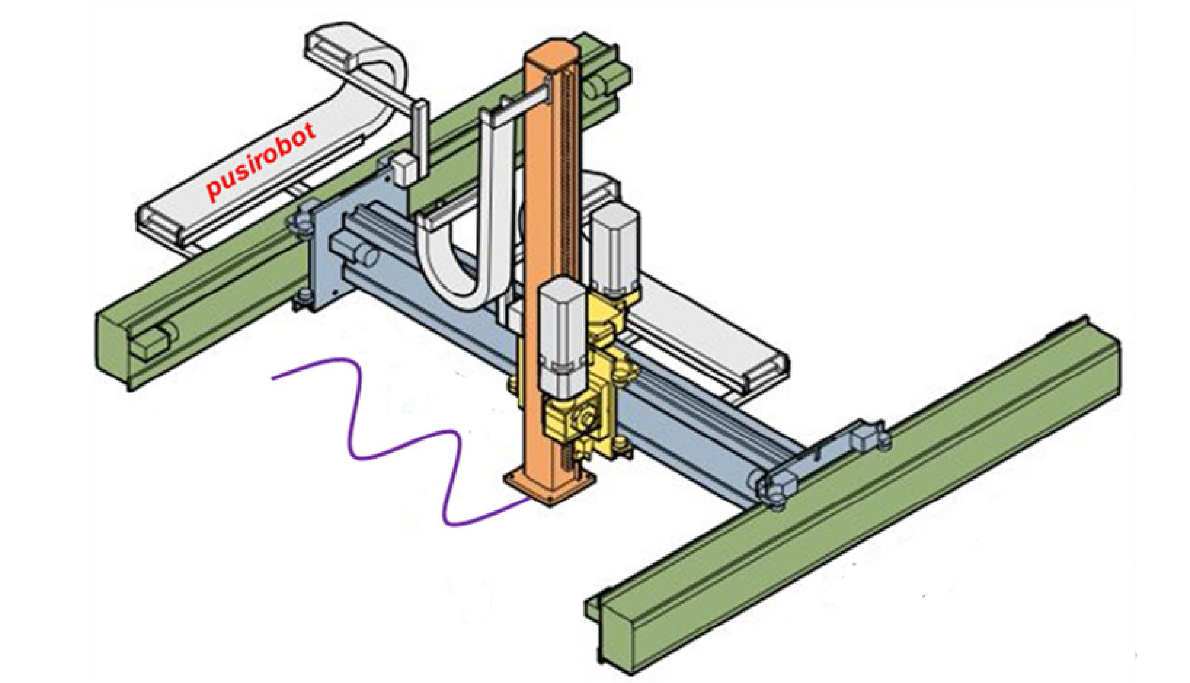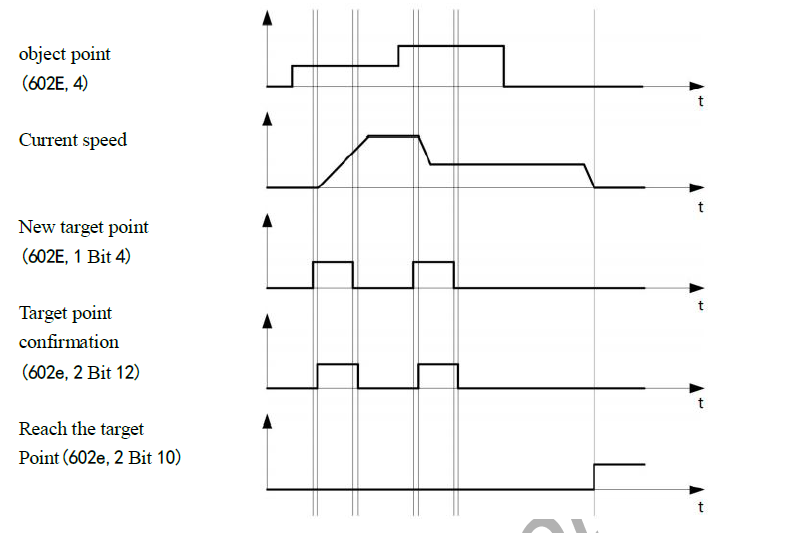- Welcome to Pulse Robot
- +86-23-63207381
- +8613677602178
- sales@pusirobot.com
lntegrated stepper motor-NEMA11
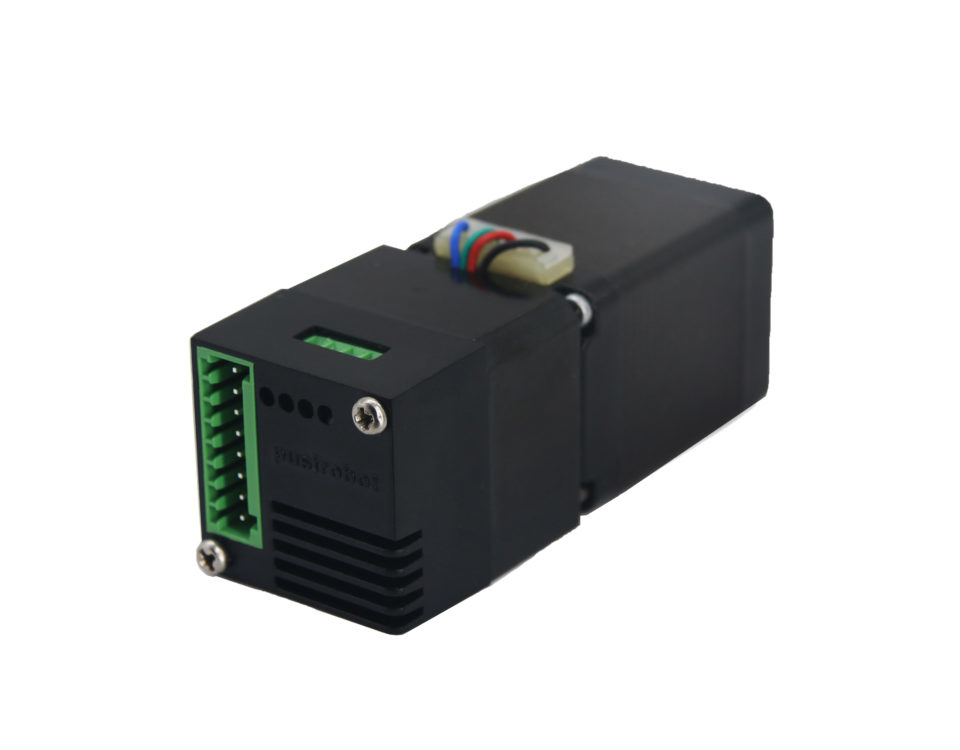
Torque
NEMA 11
L=31.5mm 0.17N.m
L=44.5mm 0.26N.m
L=50.5mm 0.29N.m
Torque
NEMA 11
L=31.5mm 0.17N.m
L=44.5mm 0.26N.m
L=50.5mm 0.29N.m
Technical data
General
|
Description
|
|
| Host |
PC,PLC,MCU
|
| Support motor |
2-phase stepper motor
|
| The development environment |
VC C# Labviwe VB Linux Python
|
| The power supply voltage |
DC9-28V
|
| Microstepping |
0/128adjustable
|
| Encoder type |
incremental
|
| Encoder resolution |
Optional 200-2000,software 4 times frequency processing (commonly used 1000)
|
| Temperature |
-40℃~80℃
|
| Maximum pulse frequency |
200K
|
| Dimension |
28mm*28mm
|
| Durability |
Over 20,000 hours
|
The input
| General I/O |
Description
|
| IO function |
Emergency stop input, brake control, digital input/output, analog input, factory reset, 5V output
|
| The input specifications |
Digital input voltage: 0-5V
Analog speed regulation input voltage: 0-3.3V Emergency stop input voltage: 0-24V |
Control mode
|
|
Description
|
| Control mode |
Position mode, speed mode, PV mode, PP mode, PVT mode, analog speed regulation, analog positioning, synchronous positioning
|
| Mode switching |
Specified instruction switching
|
Communication
|
Description
|
|
| Protocol |
CANopen DS301/DS402
|
| Baud rate |
5k-1M bps continuously adjustable
|
Size
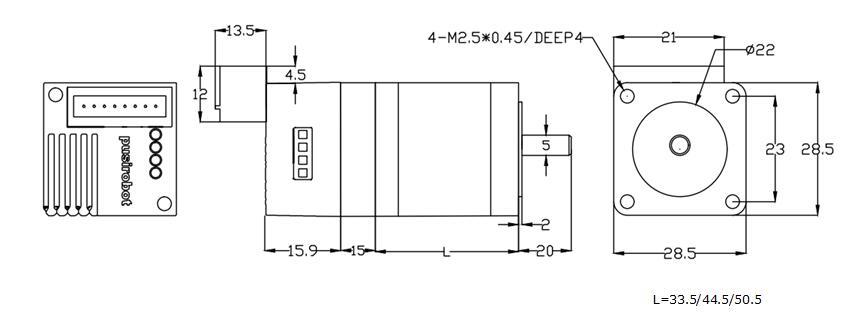
The torque curve
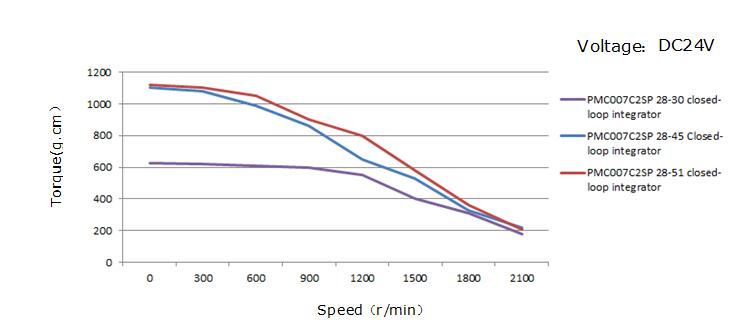
Download
| CAD |
.DWG
|
| 3D file |
.STP
|
| The user manual | |
| Debug software | |
| Development of the document | |
| Certificate |
Functional features
| Function |
Description
|
| S-curve acceleration and deceleration automatic control |
Support separate configuration of starting speed, stopping speed, acceleration and deceleration. Acceleration and deceleration support 8-gear control. Acceleration and deceleration simulation diagram is as follows
|
| PVT multi-axis interpolation |
It supports precise control of the position and speed of multiple axes on the same time coordinate, so that the end mechanism can realize straight line, arc and complex curve motion trajectory, as shown in the figure below
|
| PP model |
In the process of PP mode operation, a set of new parameters can be written by the host computer. It can be selected to smooth the transition from the previous operation parameters to the new parameters, or to run with the new parameters after the operation of the old parameters, as shown in the figure below
|




